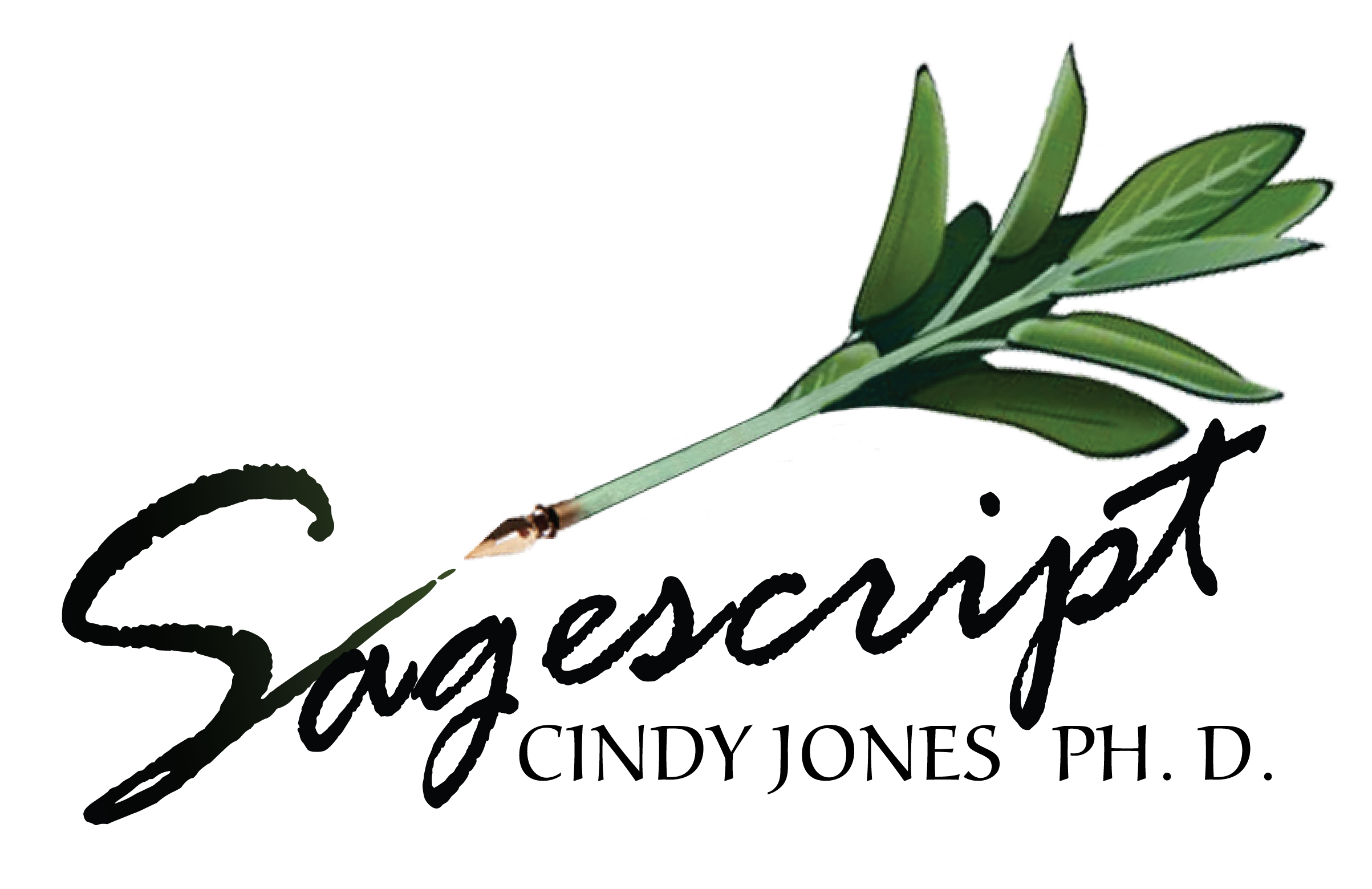My husband came home from work with a bagful of chokecherries he picked so we had to figure out something to do with them. The most obvious use of chokecherry is as a syrup to be used in the winter for coughs (as well as being delicious on ice cream, pancakes, drinks or anywhere else you would use a syrup). Typically choke cherries are very bitter and astringent in taste, but these are actually very sweet; possibly because they were growing by a stream and getting more water. Chokecherries are very high in ellagic acid. Since I have been reading lately of the benefits of ellagic acid in skin care I wanted to
find some use for these fruits for skin, perhaps a face mask.
Face Mask
Mix
3 tablespoons chokecherry juice
1 tablespoon bentonite clay
2 teaspoons avocado oil
Mix to a nice consistency and smear on your face. Now enjoy a cup of tea while the mask sets on your face. After 10 minutes or so use a wet washcloth to wipe the mask off your face.
Chokecherry Juice
To make a juice put chokecherries in a saucepan to fill about 2/3 full. Fill with water almost to the level of the top of the cherries. Bring water to a gentle boil for 30 minutes or so. Put cherries through some type of press such as used to make jam. I use a device used to make applesauce. Allow juice to drain into a separate bowl while skins and seeds remain behind.
Chokecherry Syrup
The seeds however contain poisonous glycosides (hydrocyanic acid) and should not be eaten by humans or animals; unless cooked or dried first.
Chokecherries are native to much of the
The purple color of the cherries is said to make a good purple-red dye. This is something I might save some berries for to try dying some mohair. Last summer I planted quite a few chokecherry bushes so by next summer I may be loaded with cherries.
Here is a good write up on chokecherries for more information.
http://plants.usda.gov/plantguide/doc/cs_prvi.doc

